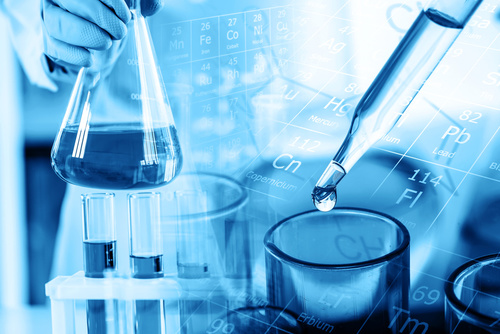Determination of trueness and precision at the limit of quantitation (LOQ)

Some time ago, in response to an older blog article "How to determine the LOD using the calibration curve?", I received a request on how to determine trueness and precision at the limit of quantitation (LOQ) during method validations for drugs.
Imagine, we’ve got an HPLC method intended to quantify impurities. During method development, within a feasibility study, we’ve already made an estimation of the limit of quantitation. Let’s say, we know it’s about 0.2% of the working concentration. According to the method validation guideline ICH Q2(R1) "the limit should be validated by the analysis of a suitable number of samples known to be near or prepared at the quantitation limit.". Thus for our example, we might inject e.g. 6 individually prepared 0.2% dilutions of the sample to evaluate the limit of quantitation applying the signal-to-noise approach. Our results hopefully demonstrate signal-to-noise ratios (S/N) of all samples being greater than 10, thereby satisfying an acceptance criterion predefined in the validation plan.
These 6 injections can also be evaluated regarding precision by simply calculating the relative standard deviation (RSD) of the obtained absolute peak areas of the main peak in the same manner as for repeatability. Finally, the results must be checked against the acceptance criterion (e.g. RSD ≤ 10%) specified in the validation plan:
| Injection | Absolute peak area [µAU*s] |
| 1 | 71568 |
| 2 | 62593 |
| 3 | 65338 |
| 4 | 62467 |
| 5 | 63105 |
| 6 | 59768 |
| Mean[µAU*s] | 64140 |
| SD [µAU*s] | 4049 |
| RSD [%] | 6.3 |
In this example, our method shows a sufficient precision at the LOQ.
To investigate trueness, you can determine the recovery in respect to the 100% working concentration. Therefore, we check the results of the linearity experiments (not shown here). Let’s say - for our example – the mean of 3 injections of the 100% working concentration is 31056764 μAU*s. Next, in order to determine the recovery, we first have to calculate the real concentration of the 0.2% dilution peak area mean applying a simple rule of three, leading to a calculated concentration of 0.2065% (64140 μAU*s / 31056764 μAU*s x 100). In the second step, we’ll determine the percentaged recovery by dividing the calculated concentration by the theoretical concentration (0.2065% / 0.2% x 100). This results in a percentaged recovery of 103.3% and demonstrates that the analysis method shows a very good trueness also at the limit of quantitation. The acceptance criterion of the validation plan, which might be defined as e.g. a recovery of 70 to 130% (based on the data from the development for this method) is clearly met in our example.
